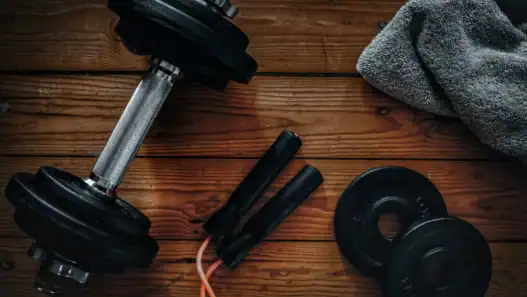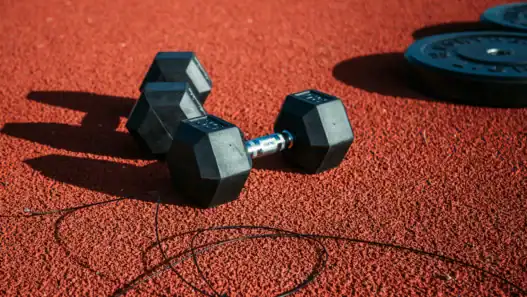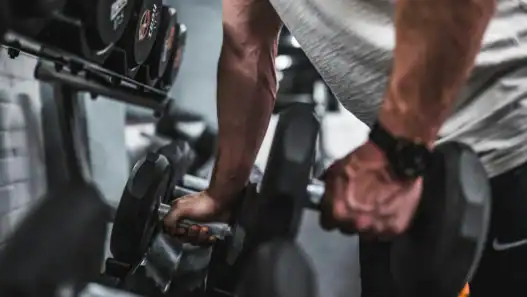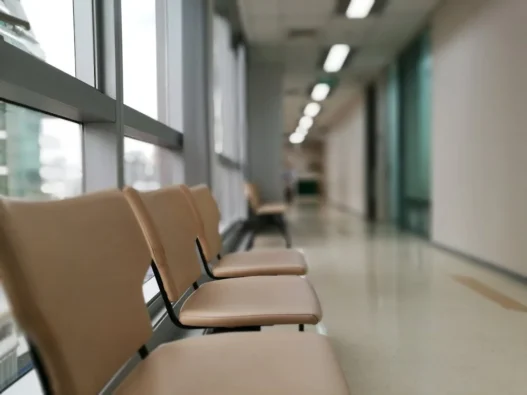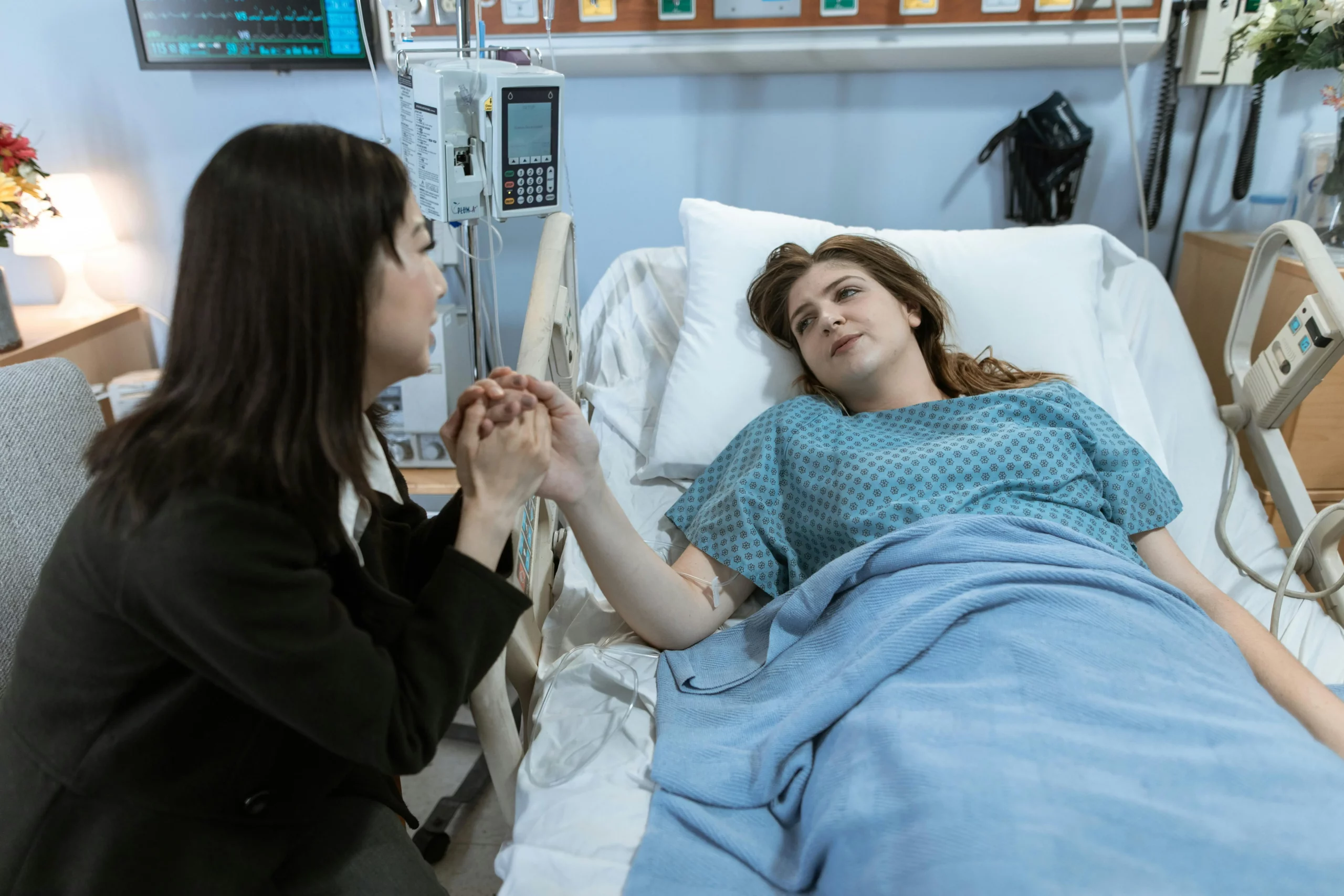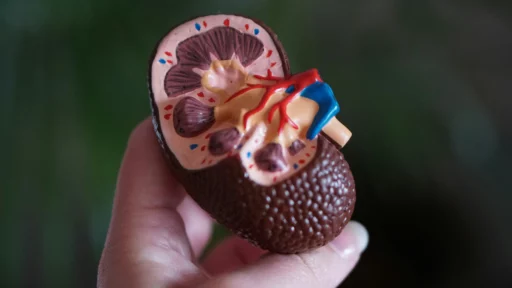Hospital socks, though often overlooked, are a critical element of patient care and comfort in medical settings. Designed to meet specific medical requirements, these socks offer warmth, comfort, and contribute significantly to patient safety and recovery. They are tailored for various medical needs, ranging from fall prevention to enhancing blood circulation.
Hospital socks are specialized footwear crafted for patient use during hospital stays. These socks differ from regular socks, featuring non-slip grips, compression enhancements, and materials suitable for the sterile requirements of hospital environments. They prove particularly beneficial for patients who are bed-bound, have limited mobility, or need additional foot care due to medical conditions. Additionally, they are vital for hospital staff, ensuring a sterile and safe environment for all patients.
The utility of hospital socks extends beyond hospital settings. Many individuals purchase hospital socks for home use or during travel, finding them beneficial during periods of rehabilitation or recovery. Options such as gripper socks are essential for elderly individuals living at home, offering a simple solution to prevent slips and falls.
Table of Contents:
Compression Socks
Compression socks are designed primarily for individuals who are at risk of developing circulatory issues, such as deep vein thrombosis (DVT) or varicose veins. They are particularly beneficial for patients who are bedridden, recovering from surgery, or have limited mobility for extended periods. Additionally, they are suitable for those who spend long hours standing or sitting, such as healthcare workers, travelers, and office employees. Athletes may also use compression socks to enhance performance and recovery by promoting better blood flow.
When wearing compression socks, it is important to ensure they fit snugly but not too tightly. They should be worn first thing in the morning, before swelling in the legs can occur, and should be pulled up smoothly to avoid wrinkles, which can cause discomfort or reduce effectiveness. The socks should cover the entire foot and leg, up to just below the knee, unless otherwise directed by a healthcare provider. It’s essential to follow any specific instructions provided by your doctor or the manufacturer regarding wear time and compression level.
Proper maintenance of compression socks is crucial to ensure their longevity and effectiveness. They should be washed after each use, preferably by hand or in a gentle cycle using cold water, and should be air-dried to prevent damage to the elastic fibers. Avoid using fabric softeners or bleach, as these can weaken the material. Regularly inspect the socks for signs of wear and replace them as needed, typically every three to six months, depending on usage and care.
Graduated Compression Stockings
Graduated compression stockings are distinct from regular compression socks in how they apply pressure to the legs. While standard compression socks provide uniform pressure along the entire leg, graduated compression stockings are designed to exert the highest compression at the ankle, with the pressure gradually decreasing as it moves up the leg. This targeted pressure distribution is particularly effective in promoting the upward flow of blood toward the heart, which helps reduce swelling and prevents blood from pooling in the lower extremities. As a result, these stockings are especially beneficial for managing severe venous conditions and aiding post-surgical recovery, where precise pressure application is crucial.
These stockings are specifically intended for individuals with severe venous disorders, such as chronic venous insufficiency, lymphedema, or varicose veins. Often prescribed during post-surgical recovery, graduated compression stockings help prevent complications related to poor blood circulation. They are also recommended for those who experience significant swelling or discomfort in their legs due to prolonged standing or sitting, making them a valuable tool for both medical patients and individuals in occupations that require extended periods of immobility.
To wear graduated compression stockings correctly, it is important to put them on early in the day before any swelling begins. Start by gently gathering the stocking material and placing your foot into the stocking, ensuring the heel is properly aligned. Gradually work the stocking up the leg, smoothing out any wrinkles as you go to ensure an even distribution of compression. The stockings should fit snugly, providing the highest compression at the ankle and decreasing as they move up the leg. It’s crucial to follow the specific instructions from your healthcare provider regarding the correct compression level and duration of wear.
Maintaining graduated compression stockings involves careful handling to preserve their effectiveness and longevity. They should be washed after each use, either by hand or in a gentle machine cycle, using cold water and a mild detergent. Avoid using bleach or fabric softeners, as these can damage the elastic fibers. After washing, allow the stockings to air-dry away from direct heat or sunlight. Regular inspection for signs of wear, such as thinning fabric or loss of elasticity, is recommended, and the stockings should be replaced every three to six months, depending on the frequency of use and care.
Gripper Socks
Gripper socks are designed for individuals who require additional stability and safety while walking on smooth or potentially slippery surfaces, such as hospital floors. They are particularly intended for elderly patients, individuals with mobility challenges, or those recovering from surgery who are at an increased risk of falls. The non-slip soles, typically made from rubber or silicone, provide crucial traction, helping these individuals navigate their environments with greater confidence and reducing the likelihood of accidents.
To wear gripper socks effectively, they should be chosen based on the correct size to ensure a snug fit, which prevents them from sliding around on the foot and compromising their non-slip function. It is important to ensure that the gripper patterns on the soles are in good contact with the floor when walking. These socks should be worn whenever the individual is moving around in areas where the risk of slipping is high, such as tiled or hardwood floors, especially in the morning or at night when visibility might be reduced.
Maintaining gripper socks involves regular washing to keep them clean and to preserve the effectiveness of the non-slip soles. They can typically be machine-washed in cold water on a gentle cycle, but it’s important to avoid using bleach or fabric softeners, which can degrade the material. Air-drying is recommended to prevent the soles from becoming damaged or losing their grip. Regularly inspect the soles for wear, as the non-slip feature can diminish over time, and replace the socks when the gripper material starts to wear down, ensuring they continue to provide the necessary traction for safe mobility.
Conclusion
Selecting the right type of hospital socks depends on the patient’s specific medical needs. Gripper socks are crucial for preventing falls, particularly among older adults—a common cause of emergency room visits. For those with circulatory issues, compression or anti-embolism stockings may be more beneficial. Non-medical support hosiery offers comfort without the intensive compression of medical-grade options.
In conclusion, the best hospital socks are those that meet the specific medical and comfort needs of the patient, enhancing safety and comfort during hospital stays. It is advisable to consult healthcare providers to select the most appropriate type based on individual health needs, ensuring optimal care and recovery.



